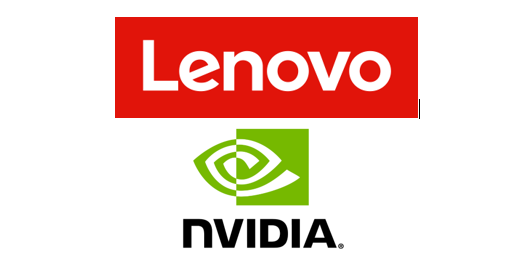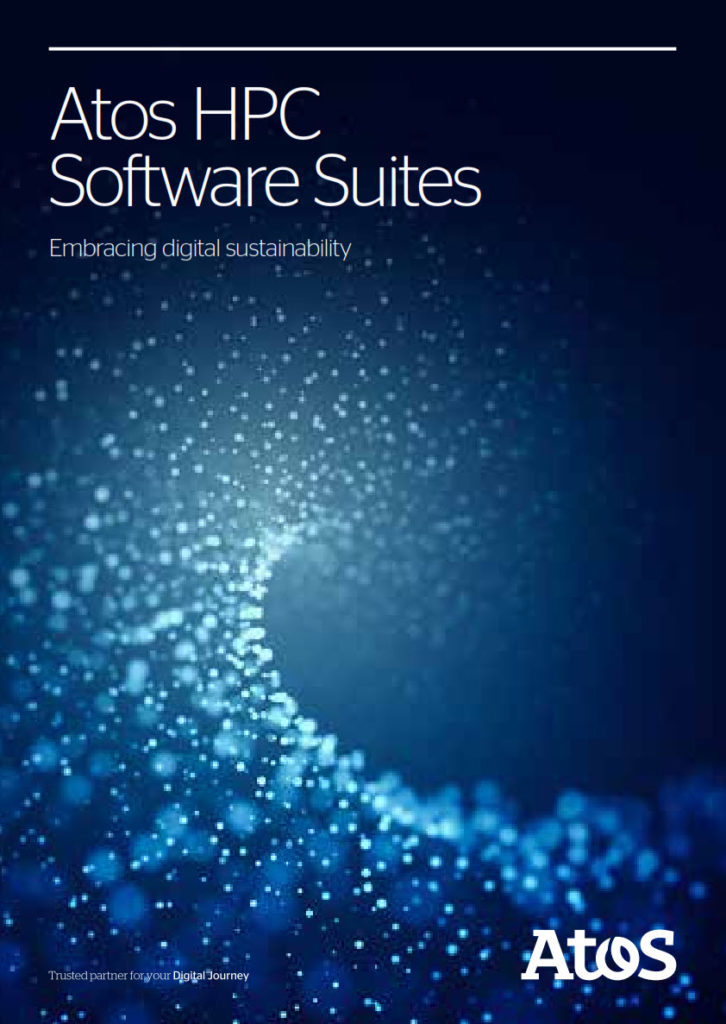In this special guest feature, IBM’s VP of AI Research Sriram Raghavan shares the company’s predictions for AI in 2020.
The field of artificial intelligence (AI) experienced tremendous scientific advances in the last few years, from vast improvements in processing power and computational efficiency to new insights into object identification, language, and deep learning. IBM — a leader in AI research since its inception in the 1950s — helped inform many of these advances. And 2019 in particular was a watershed moment for IBM Research AI.
Over the course of the year, IBM researchers hit a new record of 175 regular accepted papers at eight of the top AI conferences, hosted the second annual AI Research Week in September, and launched the AI Hardware Center to further exploration of next-generation AI hardware. The MIT-IBM Watson AI Lab, now in its second year, flourished — welcoming Boston Scientific, Nexplore, Refinitiv and Samsung as inaugural members of its new Membership Program. In another big step toward the goal of mastering language, IBM Project Debater took on champion debater Harish Natarajan in February 2019 at IBM’s Think conference, before teaming up with him and other human debaters in November at Cambridge Union, the world’s oldest debating society. IBM researchers also continued their focus on building and enabling AI solutions people can trust, furthering the ability of AI to explain its recommendations to humans with the open-source AI Explainability 360 toolkit. These are just some of the notable AI achievements of IBM researchers this year.
In 2020, three themes will shape the advancement of AI: automation, natural language processing (NLP), and trust. Broadly, we’ll see AI systems work more quickly and more easily for data scientists, businesses, and consumers through automation. NLP will play a key role in enabling AI systems to converse, debate, and solve problems using everyday language. And with each of these advances, we’ll see more transparent and accountable practices emerge for managing AI data, through tools ranging from explainability to bias detection.
From this lens, IBM Research is unveiling its annual five predictions for AI in 2020:
AI will understand more, so it can do more: The more data AI systems have, the faster they will get better. But AI’s need for data can pose a problem for some businesses and organizations that have less data than others. That doesn’t mean they can’t count on the support of AI. During the coming year, more AI systems will begin to rely on “neuro-symbolic” technology that combines learning and logic. Neuro-symbolic is the ticket to breakthroughs in technologies for NLP, helping computers better understand human language and conversations by incorporating common sense reasoning and domain knowledge. Such breakthroughs will soon help businesses deploy more conversational automated customer care and technical support tools – while requiring much less data to train the AI.
AI won’t take your job, but it will change how you work: AI will continue to impact the workplace for years to come. But the fear that humans will lose their jobs to machines is unjustified. Rather, AI will transform the way people work, through automation. New research from the MIT-IBM Watson AI Lab shows that AI will increasingly help us with tasks such as scheduling, but will have a less direct impact on jobs that require skills such as design expertise and industrial strategy. Expect workers in 2020 to begin seeing these effects as AI makes its way into workplaces around the world; employers have to start adapting job roles, while employees should focus on expanding their skills.
AI will engineer AI for trust: To trust AI, these systems have to be reliable, fair, and accountable. We have to ensure that the public can be certain that the technology is secure and that its conclusions or recommendations aren’t biased or manipulated. During 2020, components that regulate trustworthiness will be interwoven into the fabric of the AI lifecycle to help us build, test, run, monitor, and certify AI applications for trust, not just performance. Just like with the rise of AutoAI – the use of AI to create AI – we’ll see the rise of AI to govern AI. This adoption will create trustworthy AI workflows across industries, especially those that are heavily regulated.
AI’s appetite for energy demands greener tech: Data centers are the linchpins of our modern world – we rely on them for everything from enterprise computing to social media and streaming our favorite movies. They are also the underpinning of artificial intelligence and account for as much as 2% of the world’s total energy use. Demand for cloud computing and AI won’t go away, so expect to see increased efforts in 2020 that look to make AI tech more sustainable. This includes creating new materials, like “transition-metal oxides” that make more flexible devices, new chip designs with both analog and mixed-signal processing, and new software techniques based on approximate computing, that all aim to support growing AI workloads while reducing its carbon footprint.
AI-powered lab assistants will discover new materials: For more than two centuries, the synthesis of organic molecules has been one of the key aspects of research in industrial chemistry. As a result, the world has life-saving drugs and synthetic fibers. Yet, researchers still struggle to map the hundreds of thousands of possible reactions when creating different molecules. The sheer volume of information means it’s possible for a scientist to remember a few dozen reactions in their field, but it’s impossible to be an expert in everything. Now, they may not have to. IBM has developed an AI tool that can predict millions of chemical reactions – both backwards and forwards – as well as synthesize molecules in the cloud – it’s called RXN for Chemistry (try it today). Expect 2020 to deliver significant growth in harnessing the power of AI and automation to spur breakthroughs in material discovery and development.





